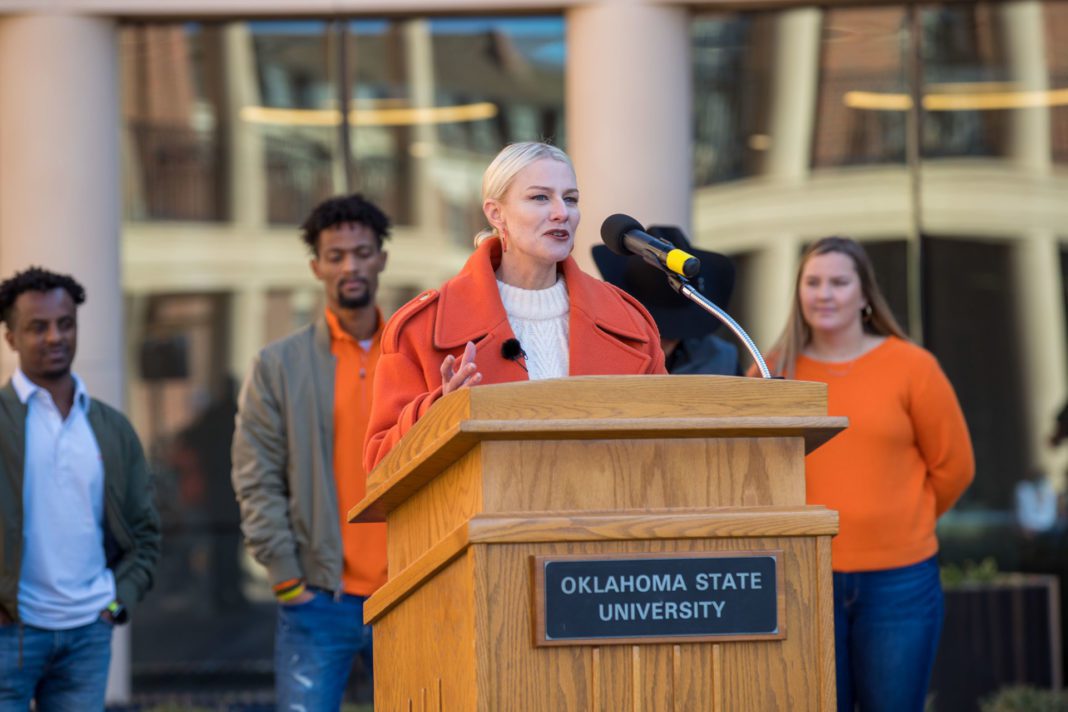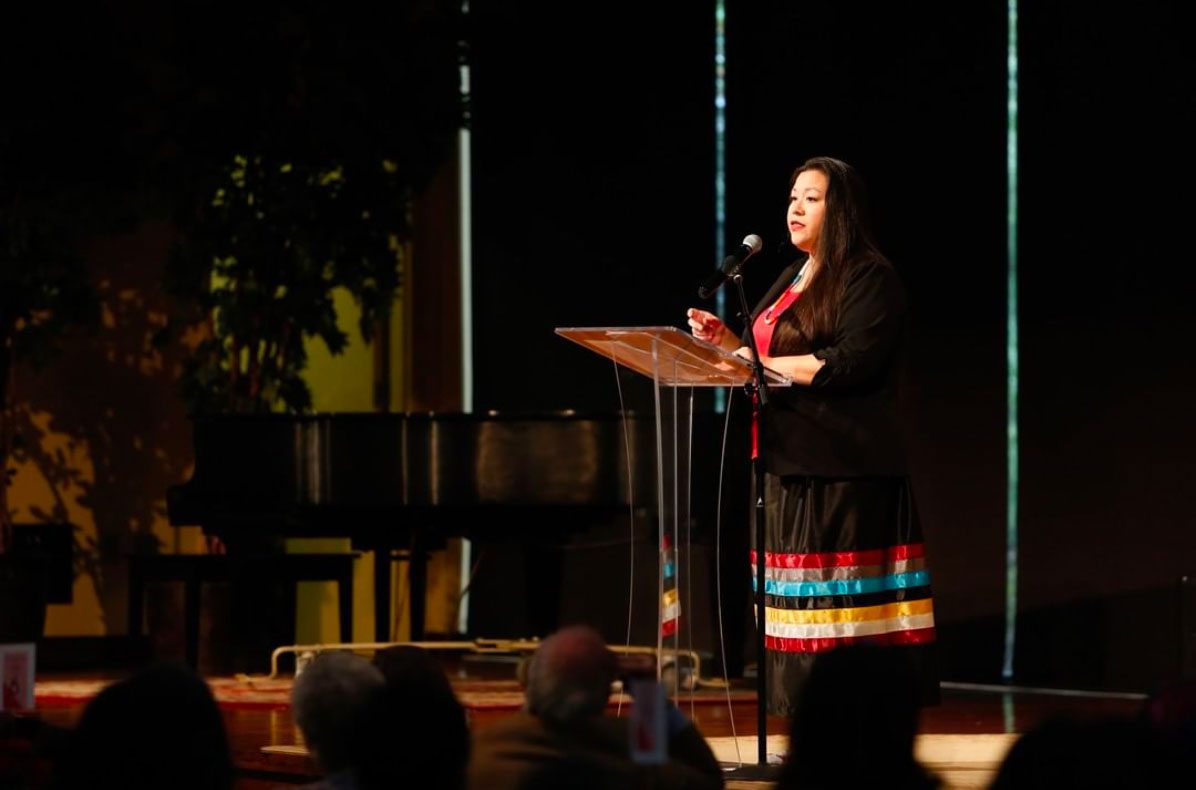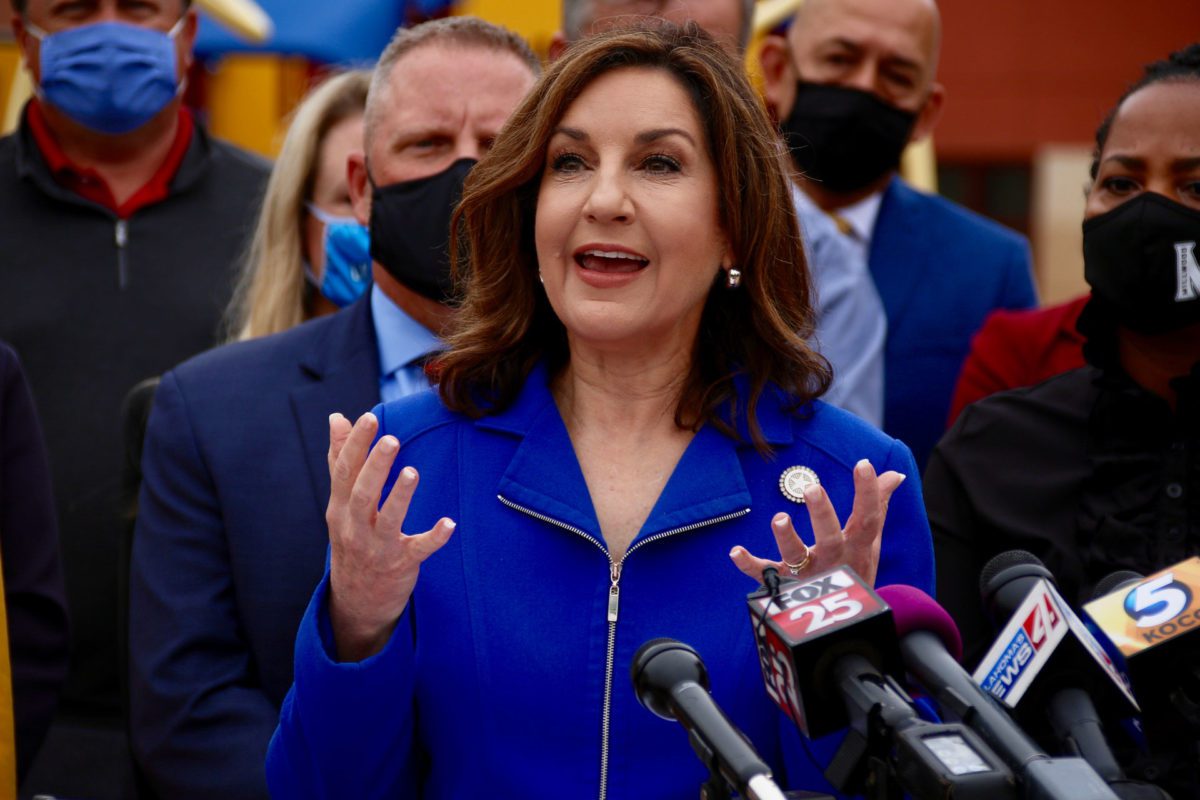The Educational Sector
The transition from the practice of medicine to educational leadership came naturally to Oklahoma State University President Kayse Shrum, DO.
“I chose medicine because I wanted to make a difference, and I felt that through health and development I could,” she says. “As I moved into education, going into medical school was a way to invest in future generations of physicians.”
Taking on a leadership role at OSU, Shrum says, “was a bigger space to provide opportunities for others, and to invest in individuals through all that the university does.”
Shrum says that as the first female president of a research university in Oklahoma, “I know there are others who have come before me and cleared a path and made it a possibility for me.”
When Shrum was teaching at the medical school, she says a co-worker pushed for the hiring of more female faculty members.
“She felt like it was important for female medical students to have more women mentors,” she says. She now embraces that mentoring role herself. “I’ve had various students that I’ve had long relationships with,” she says.
One arm of OSU’s foundation is called Women for OSU.
“That’s an organization of female philanthropists that support students – including female students. They really do try to connect with students from a female perspective.”
Shrum has encountered challenges throughout her career from people who struggle to see women in leadership roles … something she calls “background noise.”
“I think my actions and my ability to manage situations speak for themselves,” she says.
Other women in higher education leadership roles include Tulsa Community College president Leigh B. Goodson; Tulsa Public Schools superintendent Deborah Gist; Edmond Public Schools superintendent Angela Grunewald; state Superintendent of Public Instruction Joy Hofmeister and Oklahoma Community College President Mautra Jones.
Career Development
Career preparation should start at a young age, says Joy Hofmeister, state superintendent of public instruction.
“A lot of Oklahoma students, like me, when they went to college or finished high school, weren’t sure what they were going to study or do,” she says. After she was elected in 2014, “we changed the law.”
The Individual Career Academic Planning process was implemented this year to help students know their own strengths, learn about available career fields and prepare to navigate the world of higher education.
Once a woman launches a career, Hofmeister says, “having a support network matters. It’s important to find a mentor who is about 10 years ahead of you in life, in her career, in raising children. I picked up the smallest things they didn’t even realize they were sharing, to help me juggle a lot of responsibilities.”
Hofmeister says she spent 15 years as a business owner with 40 employees while raising her four children. She learned the importance of flexible schedules, for herself and for the women who worked for her.
“There are a lot of things that pull at us,” she says. “You have to be flexible to be successful.”
Hofmeister says she has seen an improvement since she entered the workforce when it comes to workplace sexism and gender discrimination.
“I think it’s important to have more women at the table,” she says. “I think that makes a difference. We need a diversity of voices.”
Her department puts an emphasis on STEM education for girls by empowering their teachers.
“We want our young girls to see female teachers who are competent in math and science, and direct those girls into careers that are heavily STEM,” she says. “We are providing professional development for teachers. We are doing paid externships for teachers in STEM fields.”
Creating a Network
Women who need help in areas like career readiness, emotional support and professional polishing can look to Oklahoma-based groups led by women.
The Norman-based Women’s Resource Center is a nonprofit founded in 1975 with a primary mission of helping women victimized by domestic and sexual violence. Services include a domestic violence shelter, rape crisis center, 24/7 crisis lines and education groups. All services are free.
The Oklahoma Legislature created the Oklahoma Commission on the Status of Women in 1994 to advise on equity issues relating to gender bias, monitor legislation for gender discrimination, do research on women and gender bias and make recommendations for needed legislation. The group coordinates the Oklahoma Women’s Hall of Fame and holds an Oklahoma Women’s Summit every other year.
The Tulsa-based Domestic Violence Intervention Services provides prevention and intervention services to men, women and children affected by domestic violence. Its mission is to rebuild lives through advocacy, shelter, counseling and education. Awareness and education are also offered in the areas of stalking, human trafficking, teen dating violence and sexual assault.
The mission of the Oklahoma Women’s Coalition is to advance gender equity and justice for women and girls. Among the issue areas are health and wellness including maternity care, infant mortality and health insurance. The coalition is also concerned with the state’s high female incarceration rate and alternatives to incarceration. Economic security is another issue area, as the state ranks 38th in women’s median weekly earnings, and women working full-time year-round earn just 77% of what men earn in Oklahoma.
Intersectionality – What is It?
Legal scholar and civil rights advocate Kimberle Crenshaw has argued for more than 30 years that discrimination is often based on more than one social categorization.
Crenshaw coined the term “intersectionality,” which she defined as the interconnected nature of race, class, gender and sexual orientation to create discrimination disadvantage. She said women face prejudice, discrimination and barriers that go beyond gender and help explain why some women have a greater risk of gender-based violence, bigger wage gaps and limited access to economic opportunities than others.
The feminist movement in its early days focused primarily on white women of privilege, Crenshaw argued, ignoring the lived experiences of women of color, women in the gay and transgender communities and women in other marginalized groups.


























